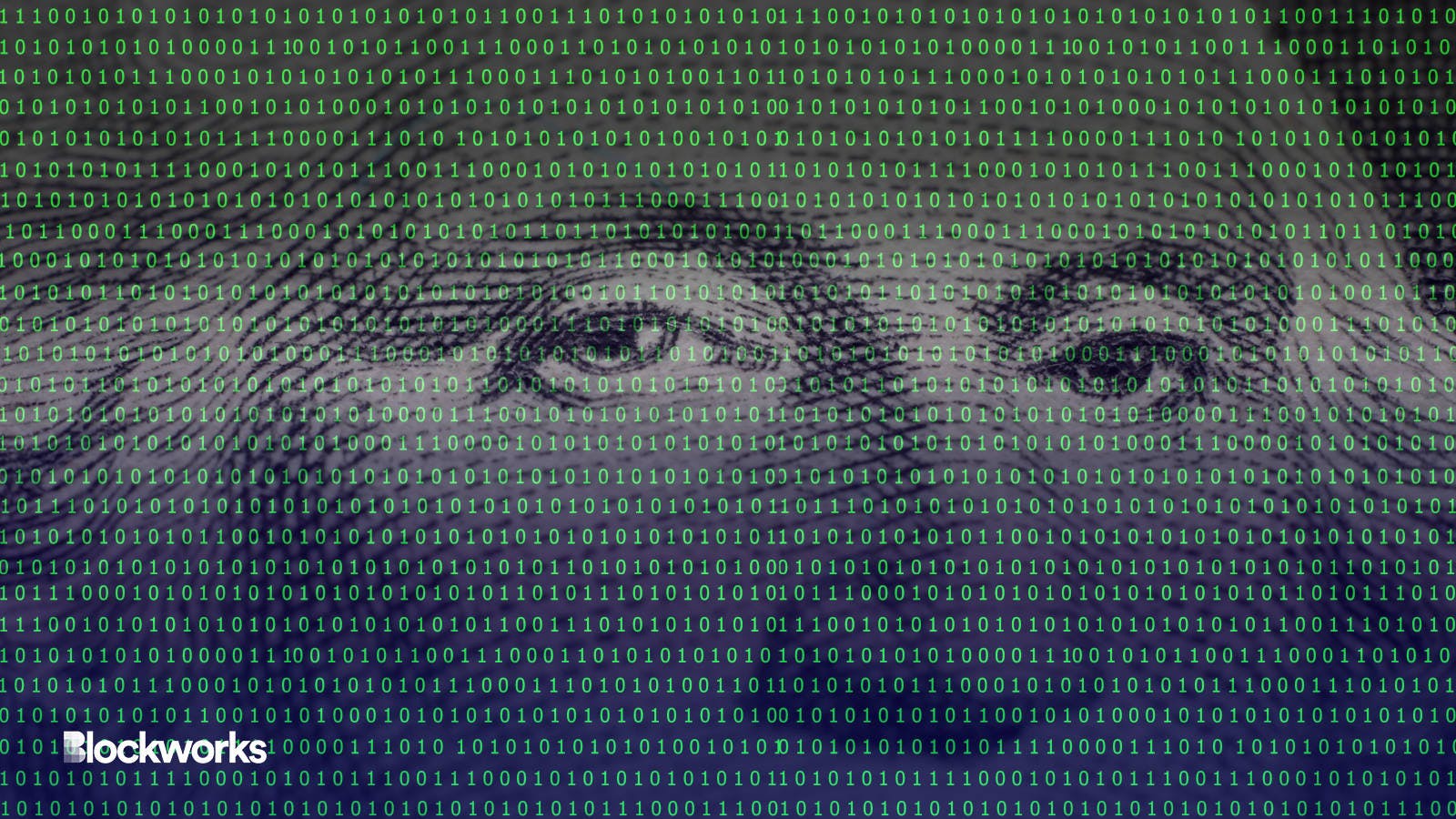Top Stablecoins Flirt With USD Peg After Crashing to All-Time Lows
Leading stablecoins, including USDC, haven’t quite returned to their dollar peg. But at least they’re recovering

Shutterstock.com/sakhorn, modified by Blockworks
Circle’s USDC and other stablecoins are still struggling to return to their US dollar peg after collapsing over the weekend in response to a spate of crypto bank failures.
USDC was trading at under $0.99 as of 7:30 am, ET, as was MakerDAO’s Dai, Frax’s Frax, Paxos’ Pax Dollar, Tron’s USDD and Gemini’s GUSD.
Circle kept $3.3 billion of its reserves with Silicon Valley Bank (SVB) as it failed, sending USDC to an all-time low of below $0.88 on Saturday. DAI, which is backed by more than 50% USDC, hit similar record lows around the same time as USDC.
Tether (USDT) and Binance USD (BUSD), on the other hand, held ground, with the former keeping its cash reserves in banks across the Bahamas and Puerto Rico — away from the US banking sector.
Sylvia To, research lead at crypto exchange Bullish, told Blockworks the depegging across various projects was due to contagion woes associated with Circle’s SVB exposure.
“There was a lot of fear, uncertainty and doubt (FUD),” she said. “Coinbase and Binance announced they were suspending USDC to USD conversions, which only heightened the FUD around USDC.”
Most top stablecoins work towards full collateralization: for every stablecoin issued, there is an equivalent amount of fiat currency or other similarly liquid assets (such as US Treasurys) maintained by third-party partners.
Centralized stablecoin issuers, such as Circle, Tether and Paxos, also pledge to facilitate cash redemptions for every stablecoin in circulation; every token should be exchanged for US dollars upon request.
Their ability to process those cash redemptions is essentially what gives each stablecoin their dollar-value. The price of stablecoins on exchanges should therefore be considered a measure of trust in their issuers’ abilities to handle those redemptions, although order book liquidity plays an important role.
So, when USDC declared it had $3.3 billion in Silicon-Valley-Bank limbo, markets distrusted that it could effectively meet dollar redemptions moving forward, sending prices below $1. More decentralized offerings, such as DAI and FRAX, suffered as a result.
Nansen researcher Andrew Thurman told Blockworks there ostensibly exists an abundance of “decentralized” stablecoins whose reserves are primarily or heavily backed by USDC.
More than 40% of DAI, for example, is backed by USDC. “Any failure in USDC’s backing would have been a failure in these tokens as well,” Thurman said.
While it’s still not trading at $1, the market now appears more confident in pricing USDC closer to parity after the Federal Reserve and FDIC stepped in Sunday with measures intended to make SVB depositors — such as Circle — whole, alongside Signature Bank customers.
Circle CEO Jeremy Allaire then confirmed the entirety of USDC reserves are secure and that his company has begun transferring the remaining cash held with SVB to the BNY Mellon.
Allaire said a new banking partner with automated minting and redemption would be onboarded soon. He also advocated for a full-reserve digital currency banking system to insulate the base layer of internet money from “fractional reserve banking risks.”
David Canellis contributed reporting.
Start your day with top crypto insights from David Canellis and Katherine Ross. Subscribe to the Empire newsletter.





